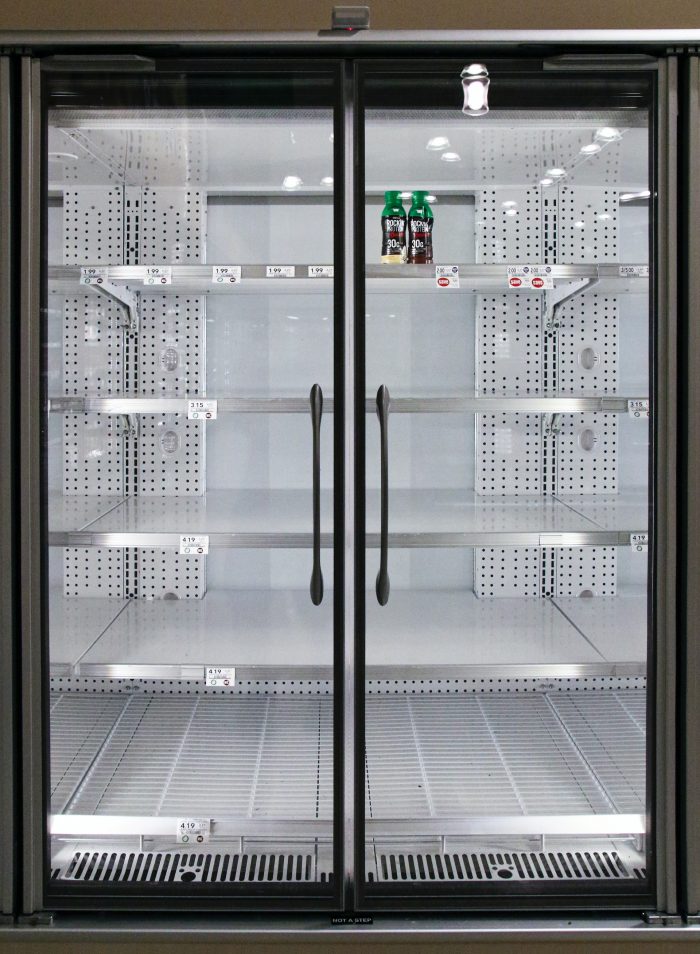The Benefits Of Cold Rooms For Businesses
Cold rooms are great asset for any business. Whether it’s a grocery supplying produce or a laboratory keeping important lab supplies at the correct temperature, a cold room is a perfect solution. If you’re in need of one, you’ll be happy to know that you can purchase one that comes with the right installation process. Read on to learn more.
What Is A Cold Room?
A cold room is a highly effective tool for preserving foods. They control seasonality and maintain a controlled temperature. In addition, they can help ensure the proper transport of products from producers to wholesalers and retailers. The equipment used to build a cold room will depend on the goals of the facility. For example, the type of insulating materials and the size of the space will affect the efficiency of the compressor. The design of shelving and doorways should be conducive to air movement of products inside the cold room.
Chemical and biological agents are present in a cold room. Therefore, it is important to read the guidelines for storing these substances. Certain items should not be stored in a cold room.
A good cold room panel is made from polyurethane foaming, which is fire-resistant and environmentally friendly. In addition, a bad-quality panel may result in an unstable temperature, which can cause the refrigerator to constantly work. In addition to this, a poor-quality panel will create an environment with high humidity levels, which will damage the contents inside. A bad cold room panel will also increase the chances of developing a bacteria-infested environment.

Things To Keep In MInd
Proper positioning is the key to efficient space usage and the resulting revenue losses. Some businesses are able to take advantage of the space that their cold rooms provide. They can position their equipment and appliances to maximize profits and increase productivity. For example, an incorrectly positioned kitchen can make employees slower and lower their productivity. Choosing the proper positioning will allow you to keep your products cold while maximizing space. You can also use a cold room to store milk and other dairy products.
It’s important to remember to get local authority approval before installing one. Once your cold room is installed, you can begin using it immediately. If you’re concerned that it won’t be permitted, you can consult your local authorities about the matter and install it on another property. A cold room is a great investment for any business and should be part of your overall business plan.

Types Of Cold Rooms
There are two main types of cold rooms: walk-in coolers and pipe cold. Both options offer advantages. Air cooling is the easiest to install and maintain and it is cheaper than pipe cold. But, it has several drawbacks. The first disadvantage of air-cooled chambers is the water content. Aside from the water, air-cooled chambers have a lower cost and are also non-humid.
While walk-in fridges and freezers are the most common types of refrigeration, there are also modular versions that are suitable for smaller spaces. A typical cold room can maintain temperatures ranging from -50degC to +15degC. Depending on the materials used, you can choose from a variety of options. These can be used for a variety of items, from pharmaceuticals to textiles. In fact, you may even be able to store your own produce.
The size of the cold room is an important consideration when planning a cold room installation. The space available in the cold room is a major factor. Whether you’re installing a large commercial refrigerator or a small freezer, you must think about the size and location of your business before buying a unit. The best way to make sure that your cold room is insulated is to have a temperature-controlled door. The latter is easier to open than a manual door.